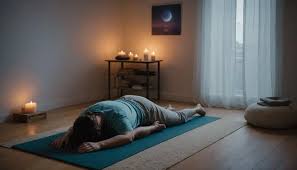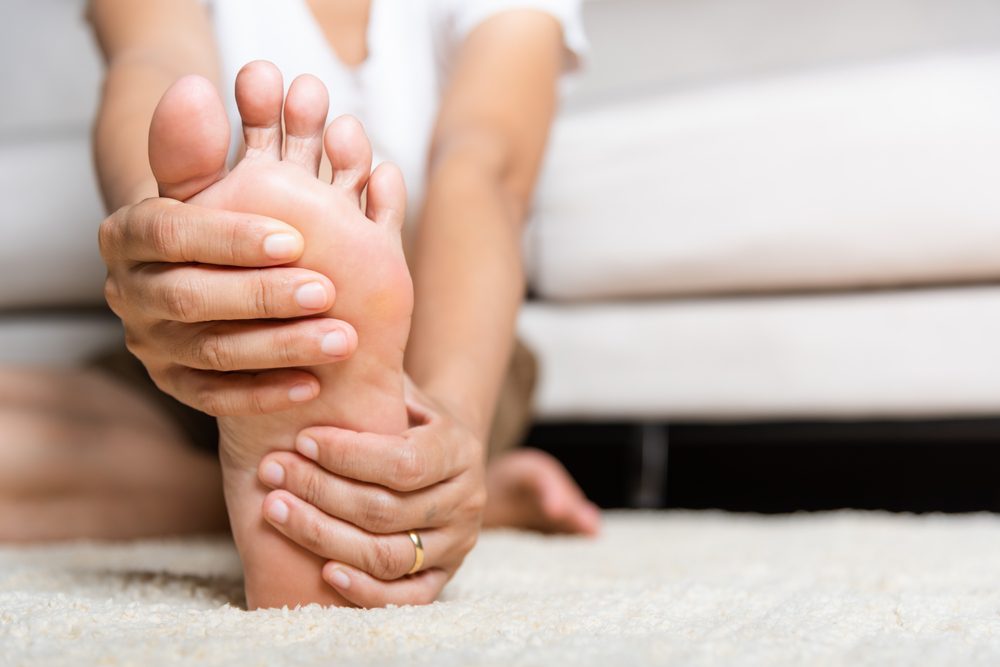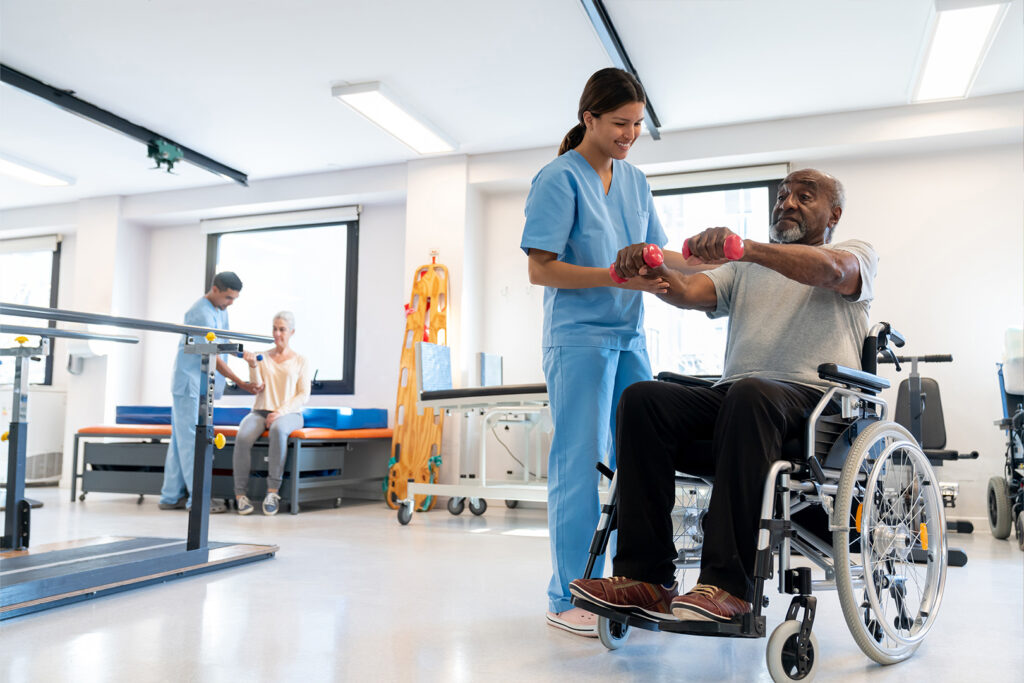When you’re feeling overwhelmed, your surroundings can either heighten your stress or help you find a sense of peace. For people living with anxiety, creating a calm environment isn’t just nice, it can be a powerful tool for managing difficult moments. Small changes in your home or workspace can make a big difference in how you feel. Here’s how to create a calming environment:
Declutter Your Space
Physical clutter creates mental clutter. When your surroundings are messy or disorganized, your brain processes this visual chaos as stress. This exacerbates existing anxious feelings and makes it more difficult to relax.
Start by removing items you no longer need or use. Focus on one area at a time to avoid feeling overwhelmed. Clear surfaces like desks, countertops, and nightstands first since these are the spaces you see most often. Organize the remaining items in their designated spots, where they belong. A clean, organized space allows your mind to rest. Your brain spends less energy processing visual distractions, which leaves more mental resources for relaxation and positive thoughts.
Incorporate Natural Elements
Nature often has a calming effect on the nervous system. Adding natural elements to your environment helps reduce stress hormones and promotes feelings of peace. These extras don’t need to be expensive or complicated.
Plants are one of the natural elements you can add indoors. They improve air quality while providing a visual connection to nature. Choose low-maintenance options if you’re new to plant care. Even artificial plants provide some visual benefits if you struggle to keep live ones healthy.
Natural lighting also plays a key role in managing anxiety. Open curtains during the day to let sunlight in. Sunlight helps regulate your body’s natural rhythms and boosts mood-enhancing chemicals in your brain. For evening hours, use warm, soft lighting instead of harsh fluorescent bulbs.
Establish a Routine
Unpredictable schedules increase anxiety because your brain constantly prepares for unknown situations. Regular routines provide structure and predictability, which help reduce fear and nervousness. Set consistent times for key activities like sleeping, eating, and relaxing. Your body thrives on routine and begins to naturally prepare for these activities when they happen at regular times. This reduces the mental energy needed to make decisions about basic daily tasks. Also create a calming bedtime routine that signals to your brain it’s time to wind down. This might include reading, gentle stretching, or listening to soft music.
Limit Exposure to Stressors
Information overload contributes significantly to anxiety and emotional distress. Constant exposure to negative news, social media drama, and stressful content keeps your nervous system in a state of heightened alertness.
Set specific times for checking news and social media rather than scrolling throughout the day. Many people find that checking once in the morning and once in the evening is sufficient to stay informed without becoming overwhelmed. Turn off notifications for non-urgent apps to prevent constant interruptions. Create boundaries around difficult conversations and stressful situations when possible. While you cannot control everything in your environment, you have more power than you might realize over what information and energy you allow into your space.
Schedule a Session for Anxiety Today
Creating a calm environment provides a foundation for managing anxiety, but professional support often proves helpful for developing comprehensive coping strategies. These environmental changes work best when combined with appropriate treatment approaches. Schedule a session with a mental health professional to address persistent worry and anxiety.





Leave a Reply